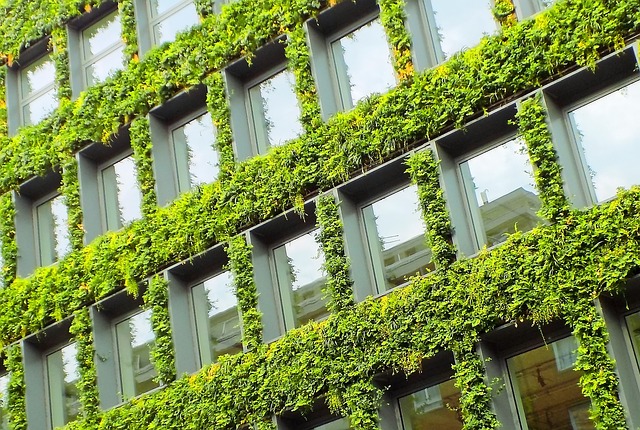The real estate sector, a major global contributor to carbon emissions at 28% of total greenhouse gas emissions, urgently needs sustainable solutions. Energy-efficient technologies like renewable energy, smart appliances, and sustainable design can reduce energy use and environmental impact by up to 30%. With rapid urbanization increasing resource demand, embracing green building practices is crucial for the industry's future, offering economic benefits alongside ecological advantages.
In today’s digital era, the real estate sector plays a pivotal role in global carbon emissions. This article delves into the multifaceted impact of energy consumption in buildings, exploring statistics and trends that underscore the urgency of sustainable practices. We discuss implementing energy-efficient solutions, highlighting technologies for HVAC systems, benefits of smart thermostats, LED lighting, and eco-friendly appliances. Additionally, we examine government policies, financial incentives, and community collaborations driving the real estate industry towards a lower carbon footprint.
The Role of Real Estate in Carbon Emissions

The real estate sector plays a significant role in global carbon emissions, contributing around 28% of direct and indirect greenhouse gas emissions worldwide. This includes energy consumption for heating, cooling, lighting, and hot water systems in buildings, as well as the manufacturing and transportation of construction materials. With buildings locking up large amounts of energy throughout their lifecycle, energy-efficient solutions are crucial to reducing the carbon footprint of this industry.
Implementing green building practices and technologies can significantly cut down energy usage and emissions. This involves using renewable energy sources for power generation, improving insulation to reduce heating and cooling demands, installing energy-efficient appliances and lighting systems, and incorporating smart building management systems. Additionally, promoting sustainable design principles, such as natural lighting, cross-ventilation, and green roofs, further enhances energy efficiency in real estate developments.
– Exploring the impact of the real estate sector on global carbon emissions

The real estate sector, encompassing construction and building management, is a significant contributor to global carbon emissions, accounting for roughly 11% of total emissions worldwide. This profound impact stems from various factors, including energy-intensive construction processes, high demand for heating, cooling, and lighting in buildings, and the vast land use associated with urban development. The industry’s carbon footprint is not only a local concern but also has global repercussions, given the sector’s role in shaping urban landscapes and influencing energy consumption patterns.
Addressing these emissions is crucial, as the real estate market continues to expand globally, putting further pressure on energy resources and contributing to climate change. Energy-efficient solutions offer a promising path forward. From adopting sustainable building materials and design strategies that maximize natural light and ventilation to implementing smart energy management systems, these measures can significantly reduce the carbon footprint of both new and existing buildings.
– Statistics and trends highlighting energy consumption in buildings

The real estate sector is one of the largest energy consumers globally, accounting for approximately 40% of direct energy use and 28% of global greenhouse gas emissions. This staggering data underscores the urgent need for energy-efficient solutions in buildings. Trends indicate that urban areas are growing faster than ever, with a projected 68% increase in urban population by 2030, further intensifying the demand for energy and resources.
To mitigate these challenges, there’s a rising focus on sustainable building practices. Energy-efficient technologies like smart thermostats, LED lighting, and improved insulation are becoming more prevalent. According to recent studies, implementing these measures can reduce energy consumption in buildings by up to 30%. This shift not only diminishes the carbon footprint but also offers long-term cost savings for occupants and increased property values for real estate investors.






